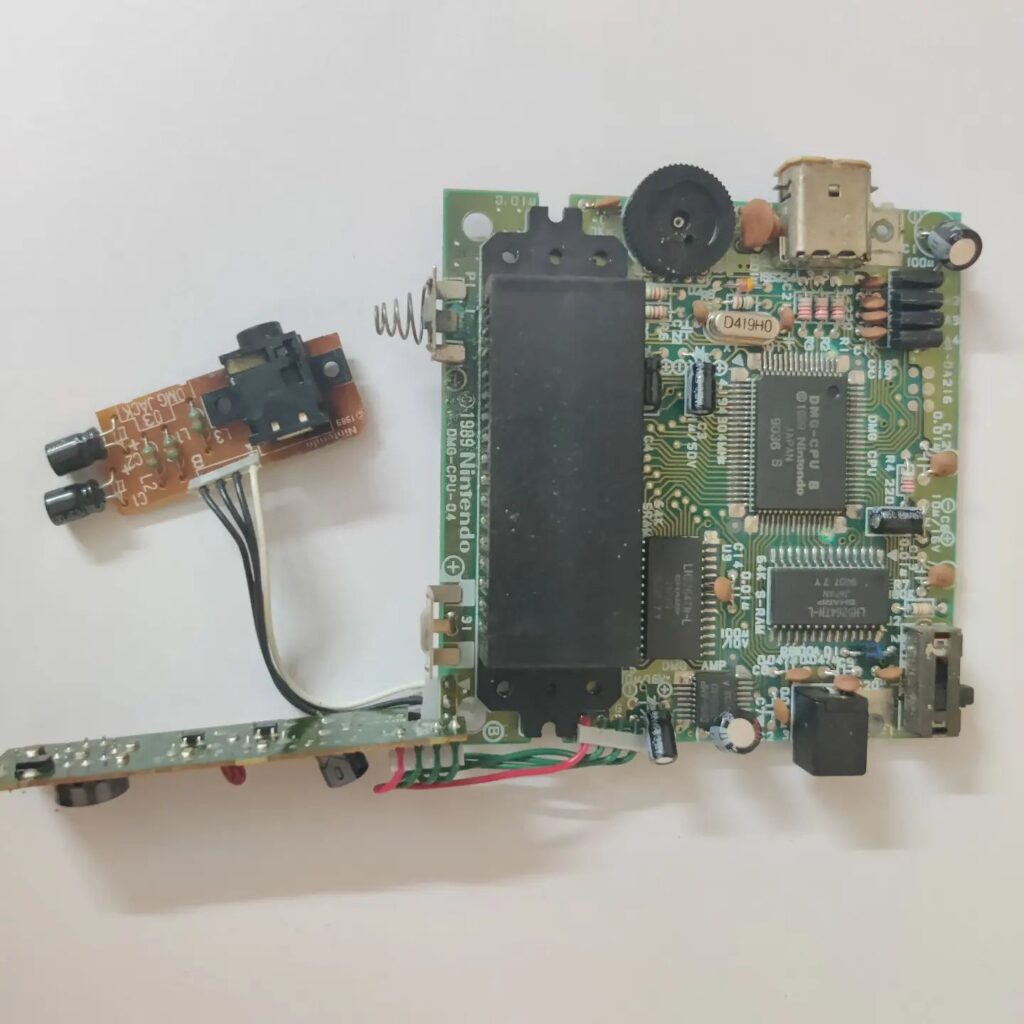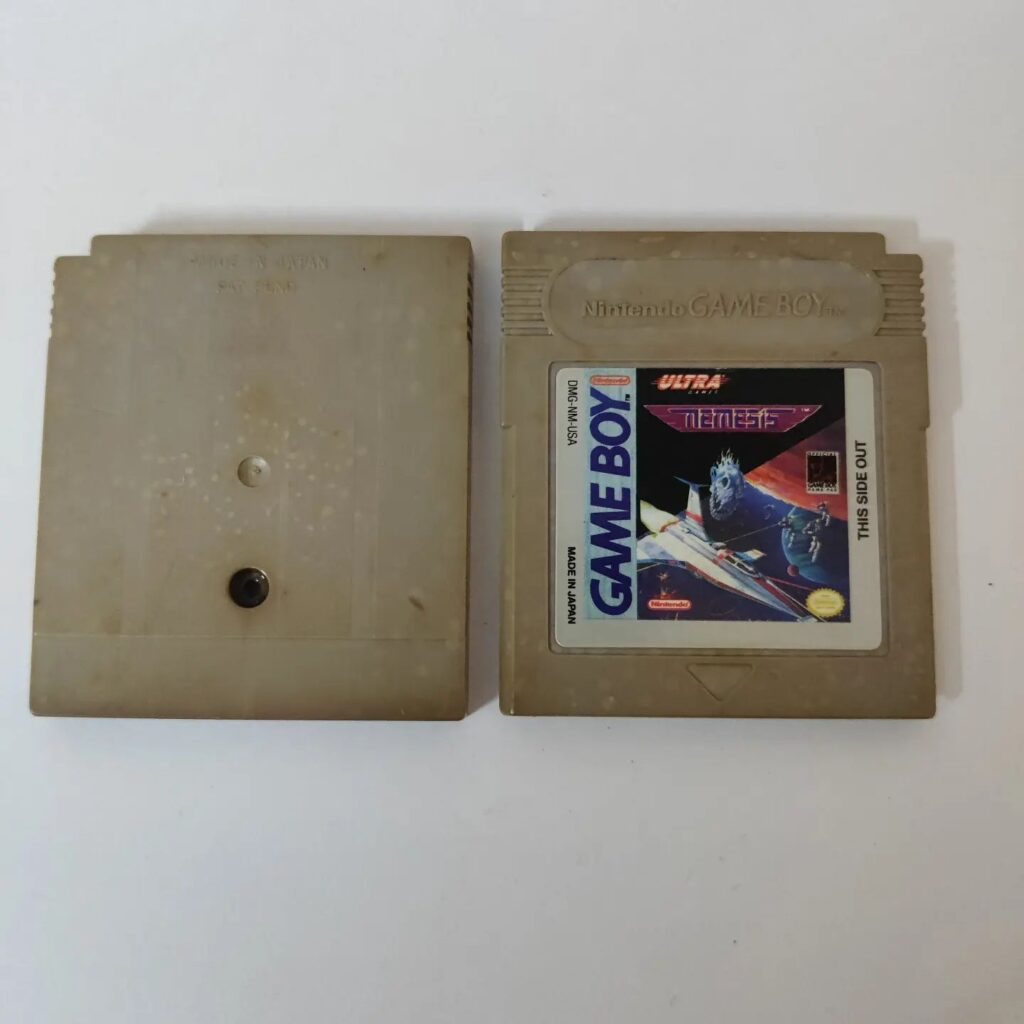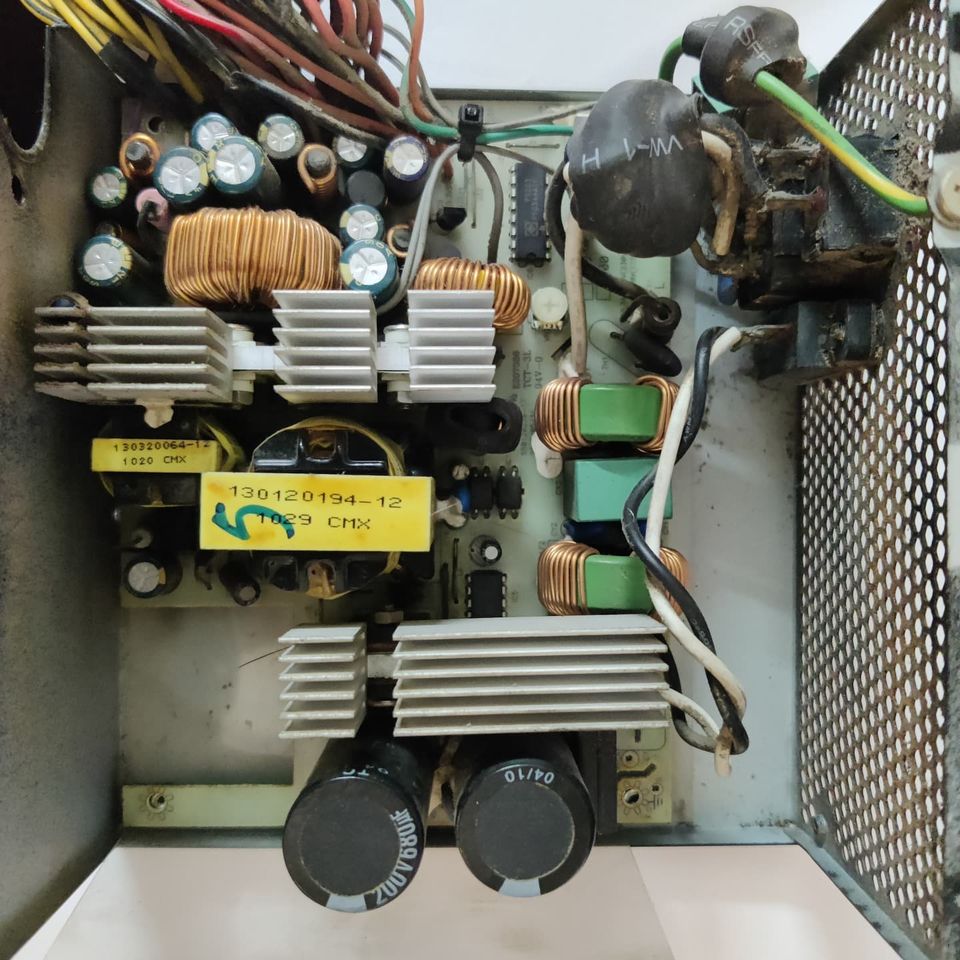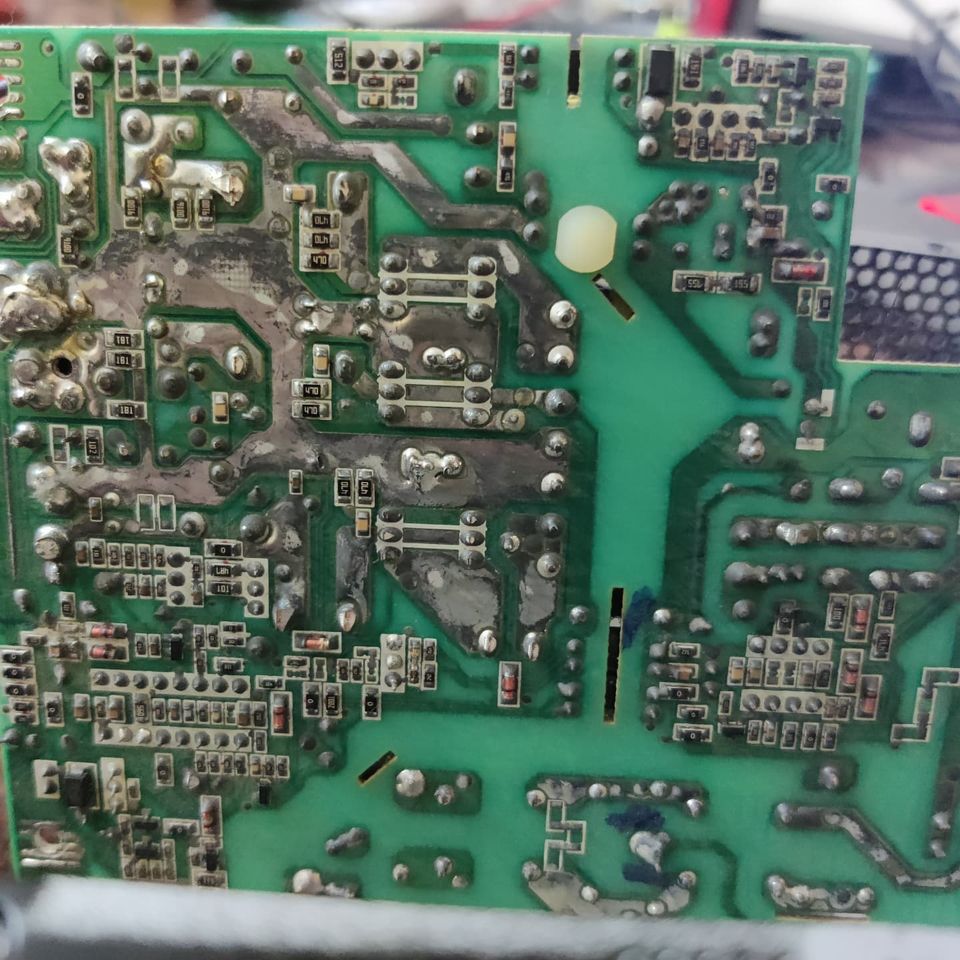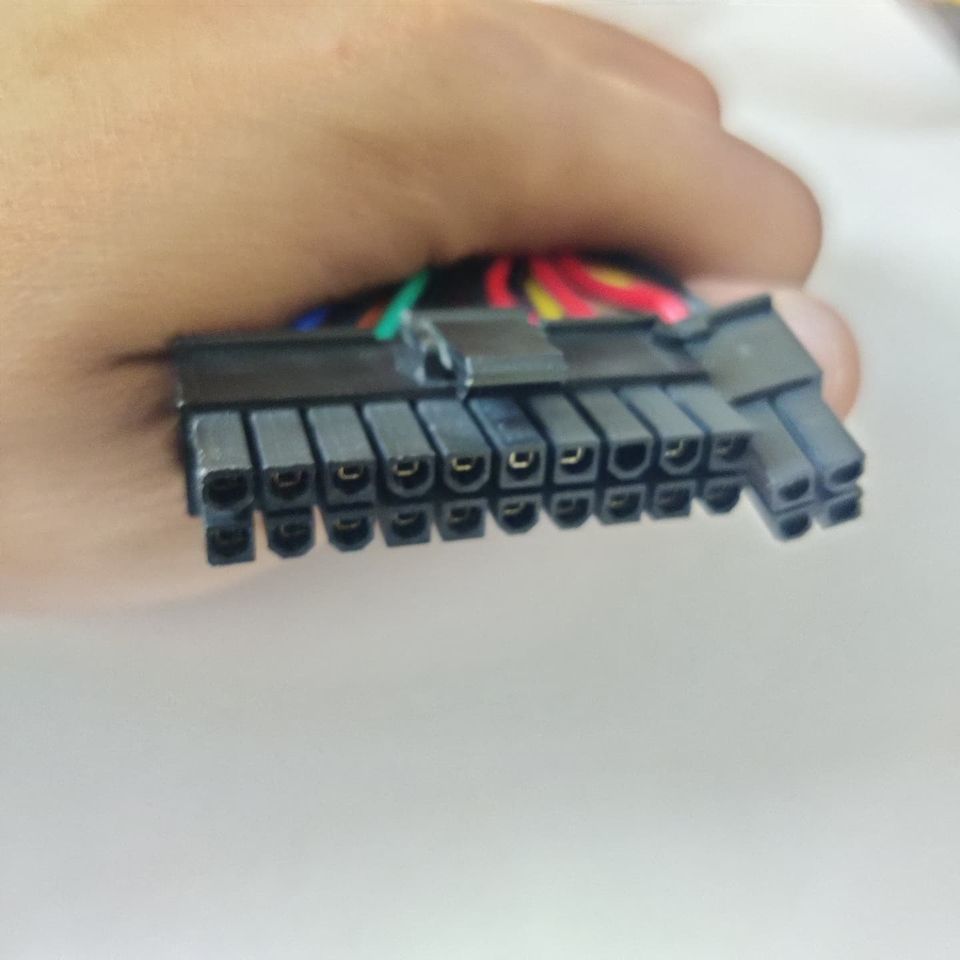
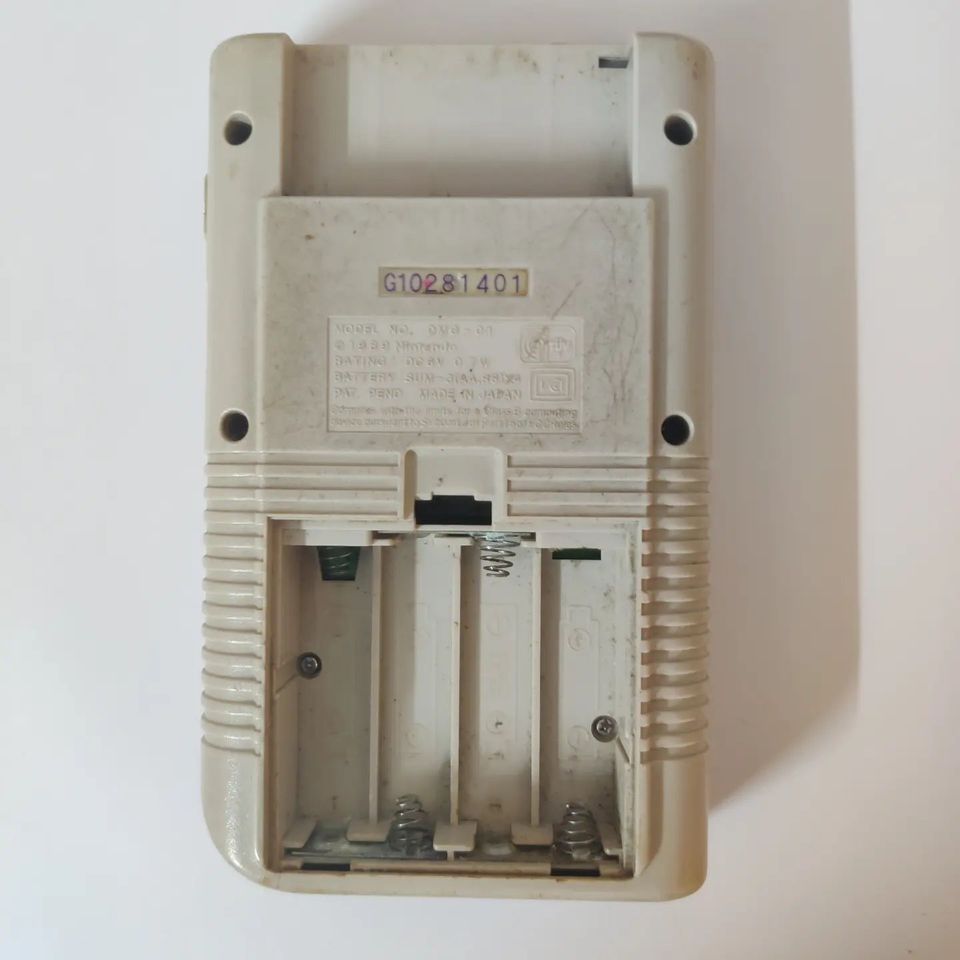
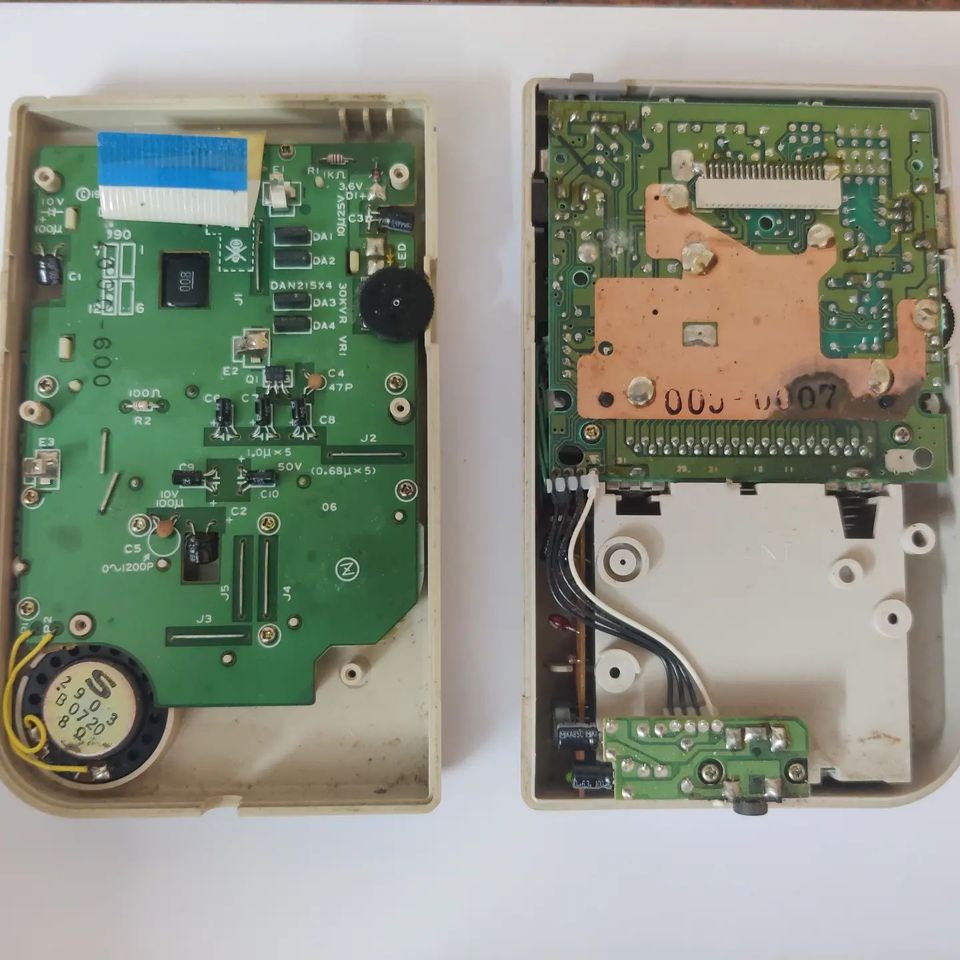
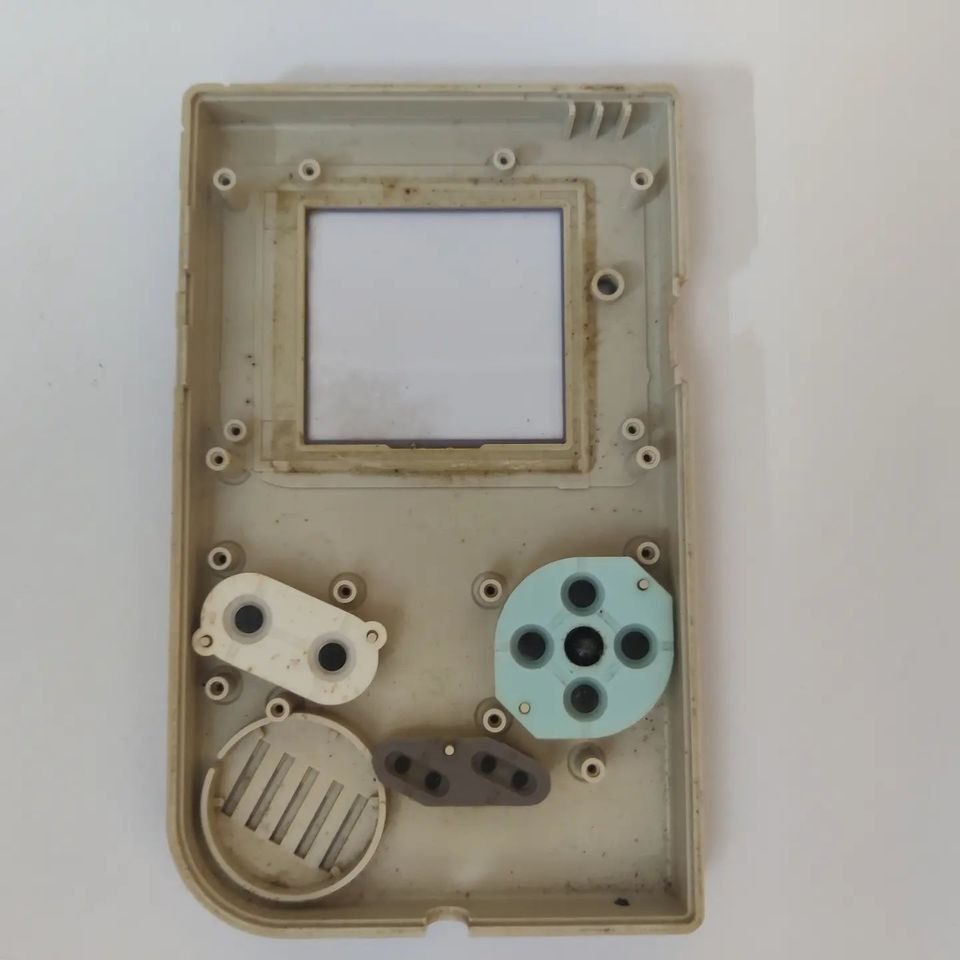

Launched in 1989, it’s probably one of the most iconic handheld game consoles ever created. When I was a kid, I spent quite a few hours playing Tetris and Nemesis(Plane Shooter). This is probably what improved my hand-eye coordination. I found the old Gameboy back home and it refused to turn ON. So thought of doing a teardown and repair.
The console contains a custom CPU by Sharp LR35902 clocked at 4MHz. It had 8KB of S-RAM. There is a stereo headphone jack and Piezo speaker for creating those nostalgic Nintendo sounds. The swappable cartridge gets loaded on the back and it communicates via a 32-pin connector. Communicates data via Parallel link with 16bit Address line and 8bit data lane. People over the years have done so many mods on these cartridges to make them even WiFi-enabled with ESP32.
Coming to the repair, It had 30yrs of dust and grime on it. Cleaned out every bit of it, retouched a few solder pads and voila device turns on with iconic Nintendo startup sound. But the display seems to be toasted. Displays on Gameboy’s are based on monochrome Super-twisted nematic LCDs capable of showing 4 shades of olive green. They work by aligning and twisting the Liquid crystal molecules via an electric field. Seems that the crystal layer is damaged and leaked in my unit. This is probably a no-fix till I buy a new replacement screen from AliExpress or so. There seem to a quite a lot of videos on YouTube showing a retrofit IPS display on these Gameboys to create a better high contrast screen. This console might well be one of the most modded/hacked consoles over the years.
One quirky thing about this unit is that it can be powered externally via a 6V DC barrel power supply(apart from 4 AAs). Since this was released long back, it had the issue that the centre pin was negative(which is not a norm these days). So be careful trying to power these with the latest DC power supplies. Make sure polarities are proper.
